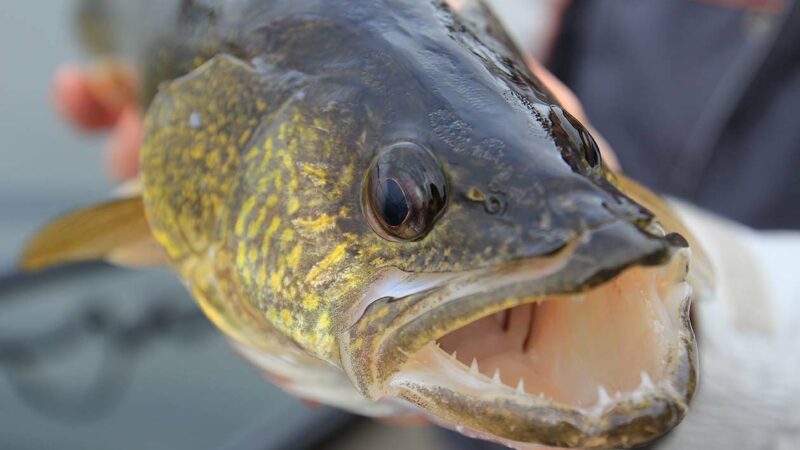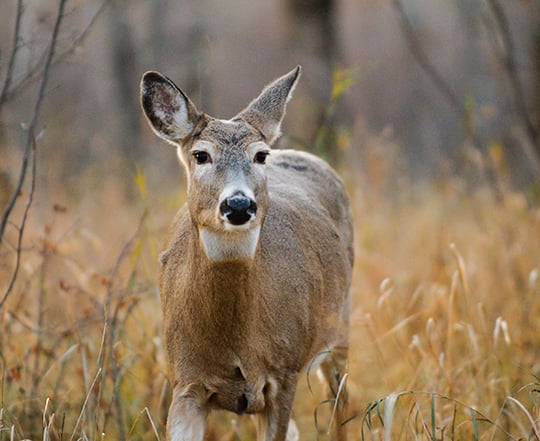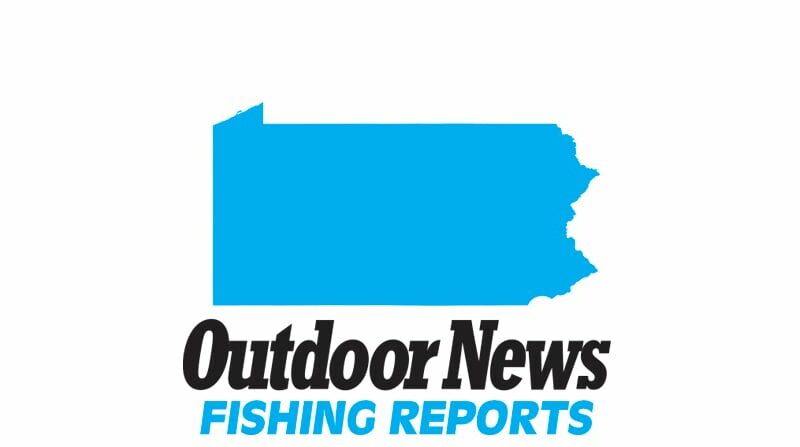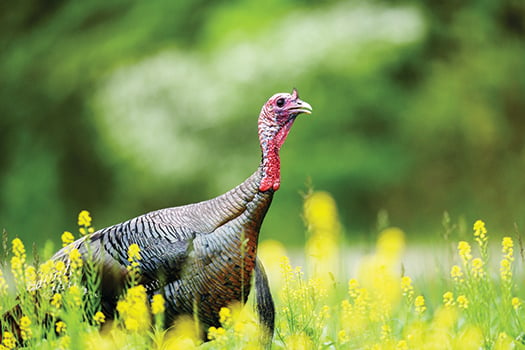Iowa’s West Fork Wildlife Area emerges from historic flood of 1993 – Outdoor News
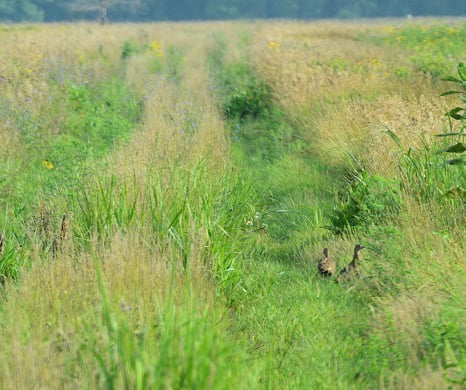
West Fork Wildlife Area in Palo Alto County, Iowa, was developed after the historic flood of 1993, then expanded after the floods of 2018 and 2019 as landowners exited the floodplain.
Flooding disturbed the land to the point where it could no longer be farmed successfully, and the Natural Resources Conservation Service partnered with the Iowa Department of Natural Resources (DNR) and Palo Alto County Conservation Board to enroll much of the impacted ground into the federal Emergency Watershed Protection program.
Today, the West Fork Wildlife Area is a hop-scotch of parcels stretching from three miles southwest of Emmetsburg to five miles northwest of town, mixed in with county managed public areas and private land enrolled in to the conservation reserve program. The combined state and county public land total covers more than 2,600 acres.
“The NRCS did a lot of work on the floodplain, creating shallow water excavations and removing unneeded drainage tile to restore wetlands as well as establishing native prairie species in drier areas,” said Rob Patterson, wildlife biologist with the Iowa DNR Prairie Lakes Unit.
The transformation from unworkable floodplain farm ground to prairie, grassland, oak and riverine timber has been impressive. Especially for the local pheasant population.
“It does draw a lot of attention from hunters – both instate and out of state. We see about every license plate here,” Patterson said. “It’s a good place to hunt; we have a lot of pheasants here.”
RELATED CONTENT: A deep look into Iowa’s 2023 roadside count, one of the best for pheasants in years
Looking across the prairie on this August morning, monarchs are fluttering from flower to flower while a hen pheasant hurries her quail-sized brood of chicks down a lane, carefully avoiding the grasses heavy with dew. It’s a good year here for showy tick trefoil.
On the northern most parcel, a bachelor group of three deer stand on a gravel lane with a pheasant next to them. That’s West Fork in a nutshell, Patterson said.
“It’s pretty unique to have timber, riverine timber and grassland next to each other – on an area of this size,” he said. “It’s definitely one of our better areas.”
After the initial acquisition following the 1993 floods, the DNR planted an oak stand on a portion of the area through a direct nut seeding, and 25 years later, a young stand of 20-foot-tall oaks are there. Patterson said they did another seeding a few years ago with the goal of establishing mast producing trees on the area.
While the management plan includes oaks on certain areas, the majority of West Fork is managed as a grassland and the Prairie Lakes crew work to remove cottonwoods and willows through a combination of cutting, spraying, and fire. The DNR works with two neighboring landowners to plant and maintain food plots and to help with the prairie mowing.
It’s one of the more popular spots for doves and for dove hunting, especially when the sunflowers turn out.
Named for the West Fork of the Des Moines River that sits just east of the wildlife area, this section of river is stocked annually each spring with recently hatched walleyes. There are four river accesses in Palo Alto County and just to the north, in Emmet County, is the West Fork Water Trail.
Its proximity to Emmetsburg is attractive to hunters because of the hotel and restaurant options. Nearby Five Island Lake on the north edge of Emmetsburg offers additional lake fishing, beaches and a campground.
West Fork supports diverse wildlife community
The Iowa DNR’s Multiple Species Inventory Monitoring Program, within the Wildlife Diversity section, visits West Fork annually to inventory species using the area.
The surveys have confirmed seven different bat species, including the tri-colored bat, silver-haired bat and northern long-eared bat; northern redbellied snake, spiney soft-shelled turtle, western fox snake, eastern gray treefrog, copes gray treefrog, tiger salamander and northern prairie skink. It also supports a number of bird species including northern harriers, common yellowthroat, dickcissels, bobolink, eastern and western meadowlarks, grasshopper sparrow, Henslow’s sparrow and more.
